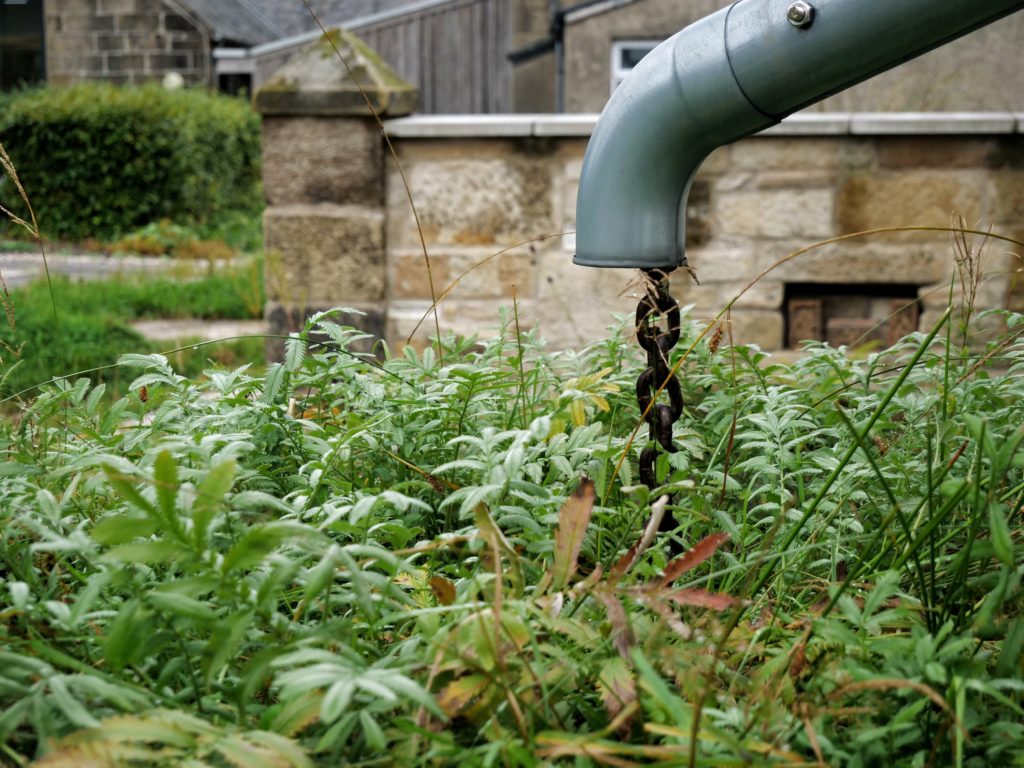CENTRAL SCOTLAND GREEN NETWORK
About CSGN
Image credit: David Palmar (photoscot.co.uk)

THE VISION
The CSGN is a 40-year programme with the aim of changing the face of central Scotland by restoring and improving its rural and urban landscape.
Our vision is that by 2050, central Scotland will
be transformed into a place where the
environment adds value to the economy and
where people’s lives are enriched by its
quality.
THE PLAN
To make the CSGN vision a reality, delivery is broken down into shorter-term goals, currently planned out to 2030 around four key workstreams: Natural Climate Solutions, Liveable Places, Health and Wellbeing, and Green Recovery.
These interconnected workstreams are further
broken down into objectives laid out in the Delivery Plan 2030 (DP30), which has been developed by the Green Action Trust with Scottish Government and strategic partners.
Where is the Central Scotland Green network?
The CSGN covers an area of 10,000 square kilometres, from Ayrshire, Inverclyde and Dunbartonshire in the West to Fife and the Lothians in the East.
It includes 19 of Scotland’s 32 local authorities, takes in 87% of the country’s most deprived areas and offers the potential to improve the lives of 3.5 million
people, or 65% of the population.






































WHO IS INVOLVED

Project examples
INNER FORTH LANDSCAPE INITIATIVE
WISHAWHILL WOOD PUMP TRACK
10,000 RAINGARDENS FOR SCOTLAND
What we do
The CSGN takes a holistic approach to solving the biggest issues facing the environmental wellbeing of central Scotland. A huge number of partners are involved in delivering projects that are grouped into four interconnected workstreams:

Developing Natural Climate Solutions
Delivering projects that use natural solutions to adapt to and mitigate climate change impacts. These include initiatives to increase carbon capture particularly through woodland creation, peatland restoration and improved wetland and coastal management.

Making Liveable Places
Promoting the role of high quality green infrastructure in placemaking and urban design. These projects create multifunctional greenspaces in new developments and existing places, while improving biodiversity and habitat connectivity.

Promoting Health and Wellbeing
Focusing on the positive role that access to quality greenspaces has on people’s health, wellbeing, and overall quality of life. This includes embedding community growing as part of local food growing strategies, encouraging outdoor physical activity and green active travel.

Supporting a Green Recovery
Encouraging the incorporation of low carbon energy generation into the design and management
of greenspace and green infrastructure. Includes creating green uses for Vacant and Derelict Land that benefit local communities and economies.
HOW TO GET INVOLVED




